Robert Irvine, a celebrity chef well known TV persona of saving restaurants on the brink of collapse, has a lot to say about the new minimum wage in California.
After helping hundreds of restaurants survive from insurmountable issues, he now worries about the fate of eateries in the Golden State.
Big Hit to Fast Food Eateries
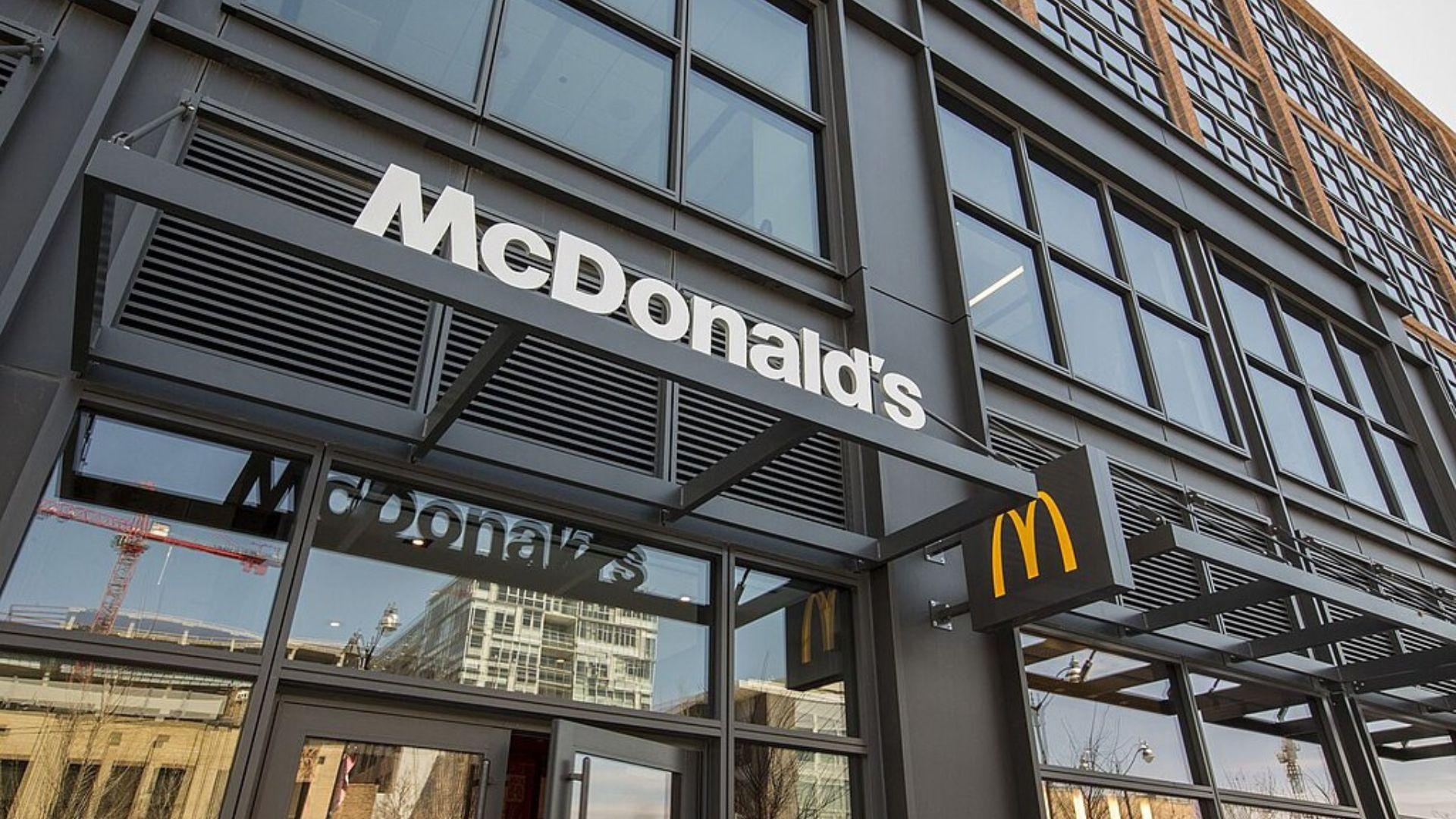
California’s new $20 minimum wage has meant that a lot of small businesses have taken a large hit to their bottom line.
After the new law was imposed on April 1st, fast food chains like Burger King and McDonalds have had to raise their prices.
Predictions on the News
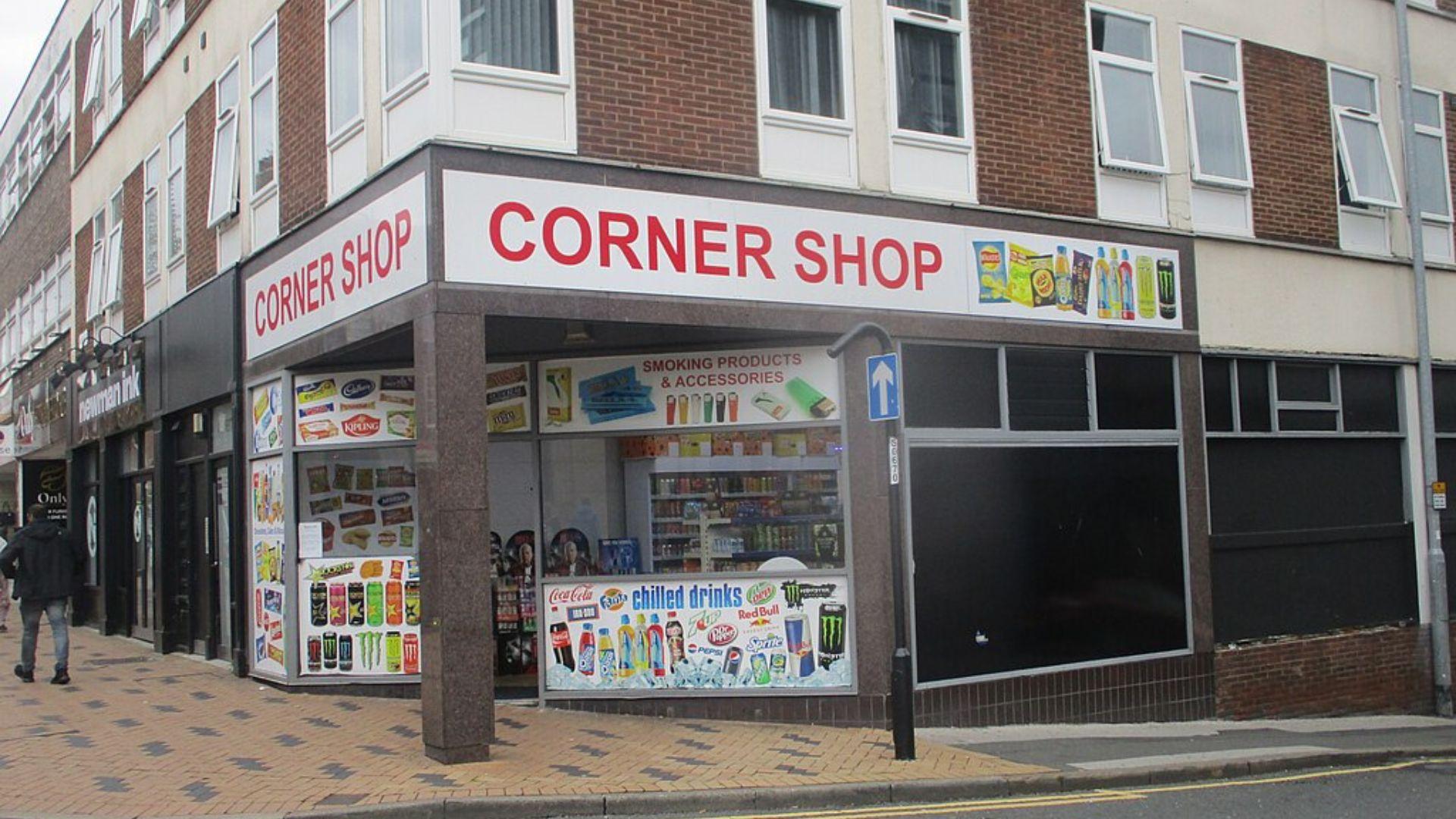
During an interview with Fox Business this week, the famous chef made a big prediction for the future of small businesses due to the new minimum wage.
He suggested that we might see as much as a 20-plus percent reduction in mom-and-pop style shops and restaurants. He directly blames California for enabling this issue and encouraging other states to do the same thing.
California’s Fast Food Pay Hike
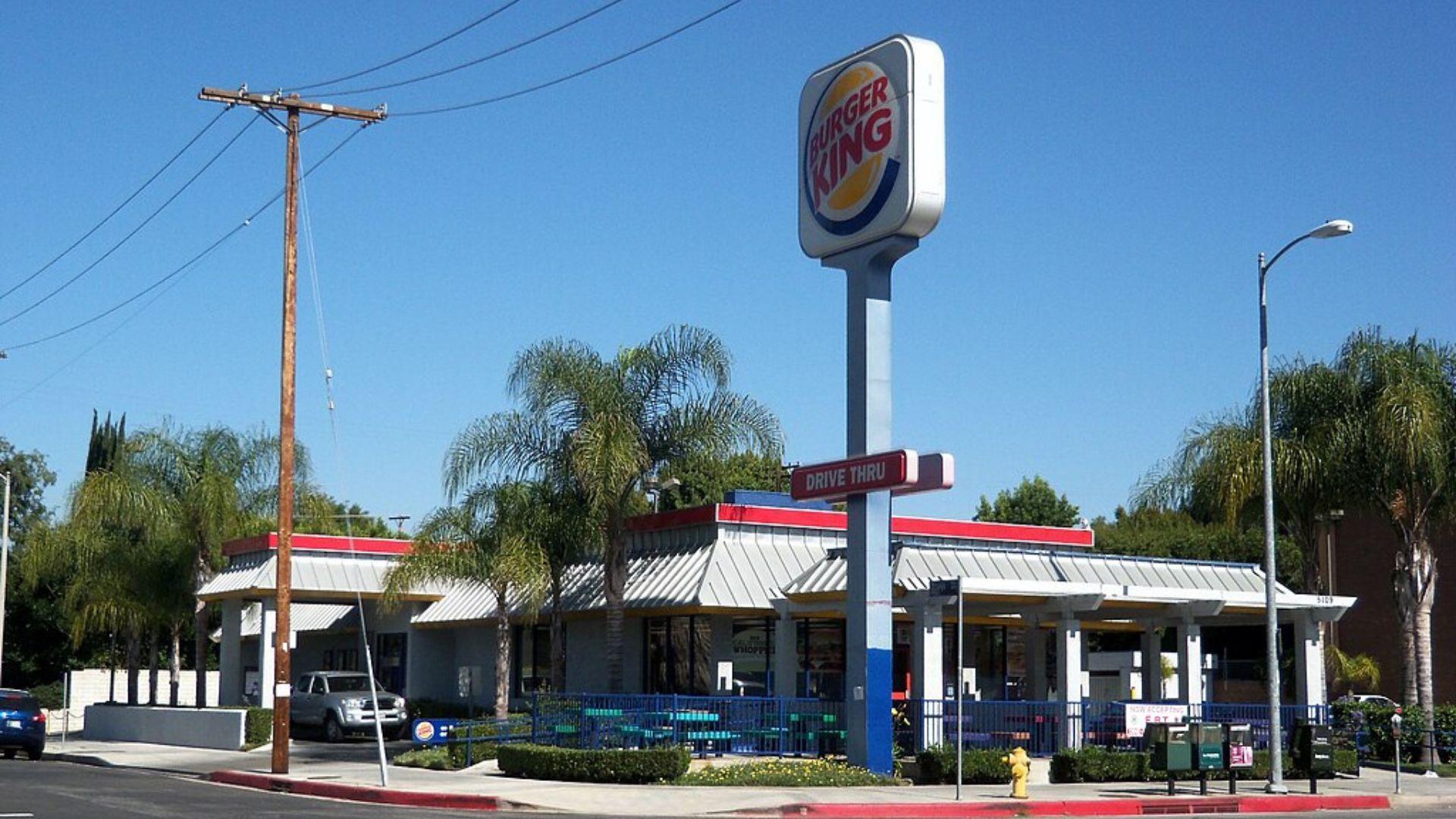
This past monday, a new rule was imposed in fast food restaurants to increase the pay for low wage full time workers.
The bill, AB 1228, came into effect to raise the wage and also establish a Fast Food Council. However, the rule explicitly affects chain restaurants. Establishments that have 60-plus locations nationwide. Smaller businesses will not be affected.
In-N-Out Wages Tell a Different Story

The fast-food giant famous for their Southern California brand, In-N-Out, won’t be affected much by the pay rise. The introductory minimum wage for a part time employee was $19.34 an hour, per Indeed.
President of the company and billionaire heiress, Lynsi Snyder, says that she went head on with her fellow executives to keep prices low for the customers. She claimed that the corporation didn’t need to make a quick buck at the expense of the consumer.
Prices to Dramatically Increase
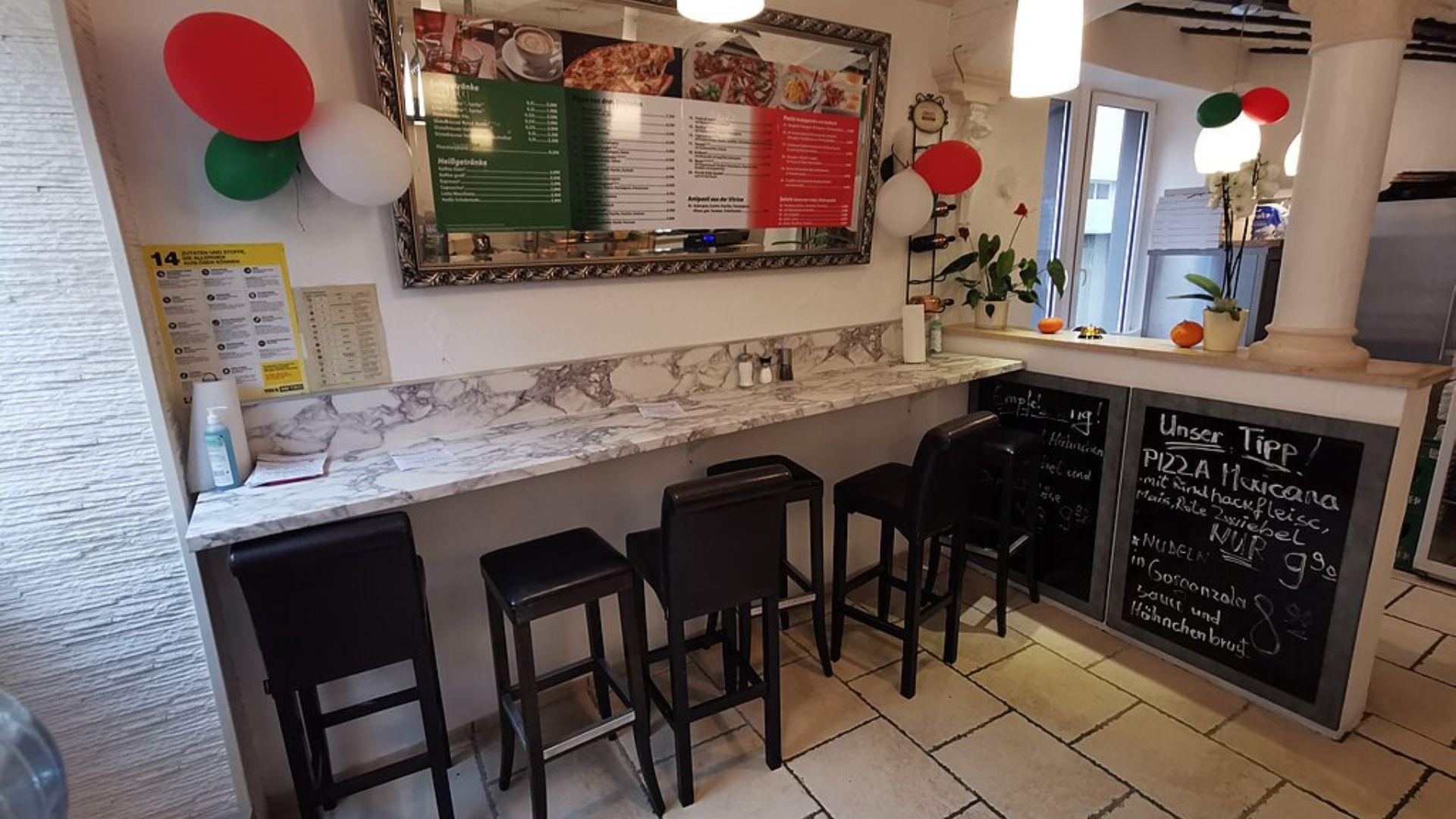
For revenue to flow in the same trajectory that executives have been expecting, prices on fast-food items are likely to increase from 5-15%.
Customers are generally not happy about the decision. In some cases, a regular burger meal has spiked as high as $15.
Irvine’s Idea for a Solution
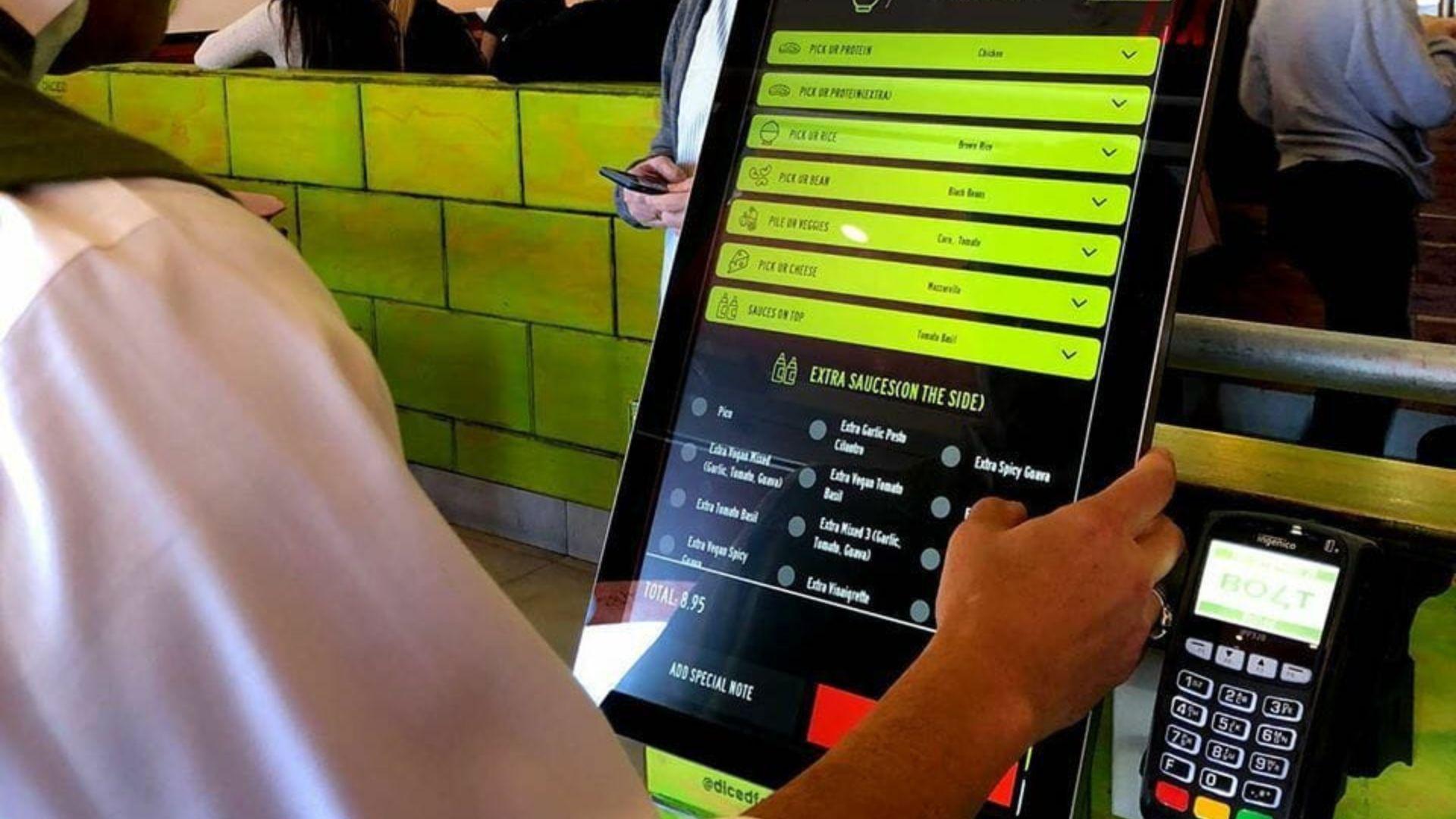
The celebrity chef claims that the best solution to combat high wages and low income is to implement new convenience tech.
He calls out companies like GRUBBRR that offers touch screen payment solutions for customers. The tech company that offers self-service tech solutions in restaurants had a 77% spike in customer demand this past week.
In Support of Workers Making a Livable Wage

Irvine went on to say that he supports the ability for all workers to make a living wage. In places like California where rents and housing costs are sky high, this means that wages need to also be high to keep up.
Food costs and inflation are at an all time high. These prices also pose a huge threat to the restaurant industry, and dealing with a new minimum wage just increases the pressure on business owners.
Plans to Open New Tech-Focused Restaurants
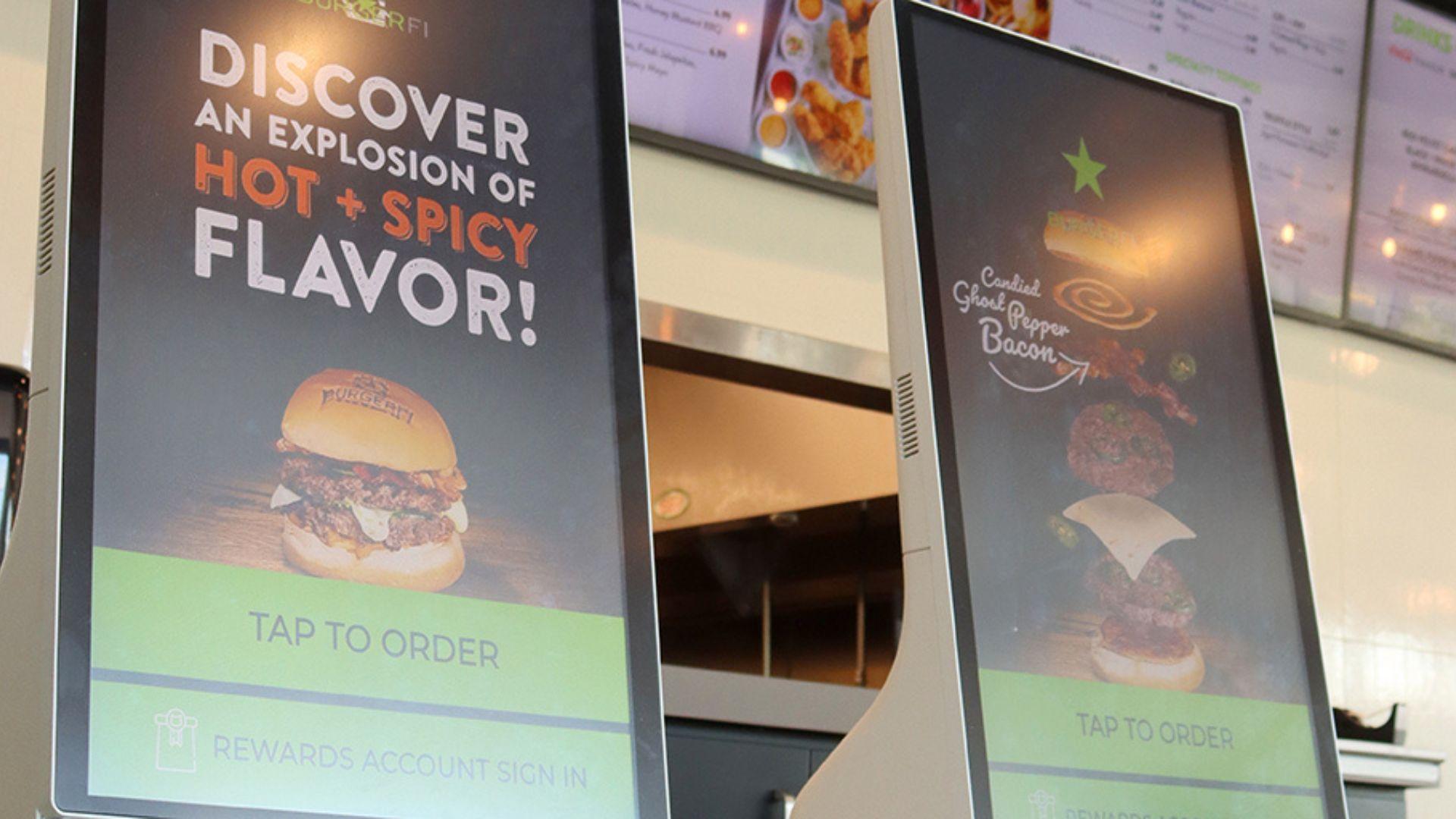
Although Irvine currently does not have any ownership in restaurants in California, he hopes to expand his personal brand into a futuristic venture.
Along with his partners at GRUBBRR, he hopes to eliminate hosts and cashiers from fast food chains in order to save companies big bills and mainstream service.
No Plans To Eliminate Workers All Together
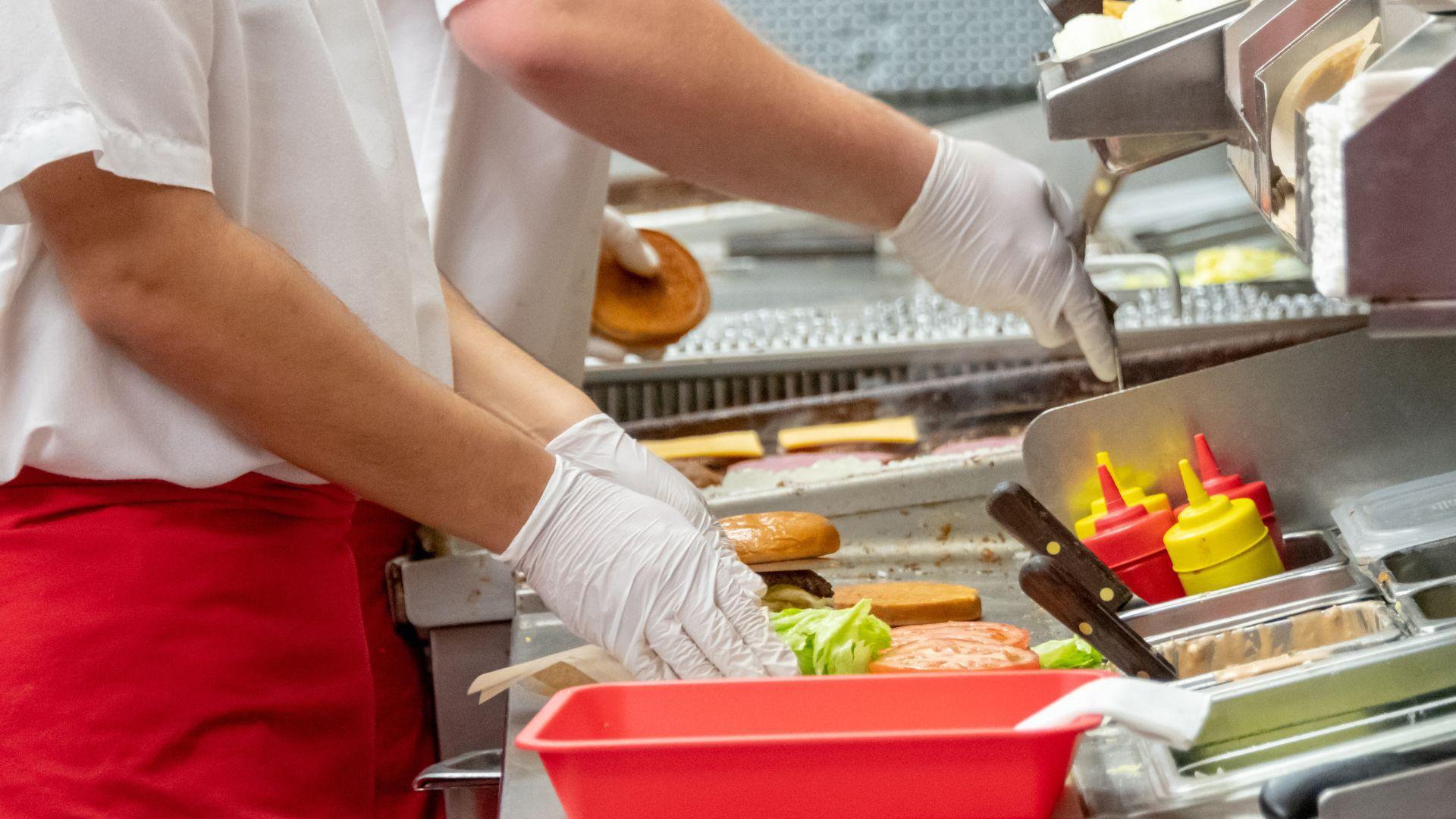
When asked about concerns of displacing employees, Irvine knows that he has a responsibility to maintain jobs.
He claims that the employees will be put to better use elsewhere. The frustration for customers usually comes from poor customer service; technology hopes to eliminate these troubles.
Technology Will Increase Profits

Part of the allure for fast-food chains to implement technology for customer service roles is the ability for the screens to better up-sell items to consumers.
Irvine predicts that menu upselling can increase the average check from 28% to 35%.
Technology Is Not Going Away
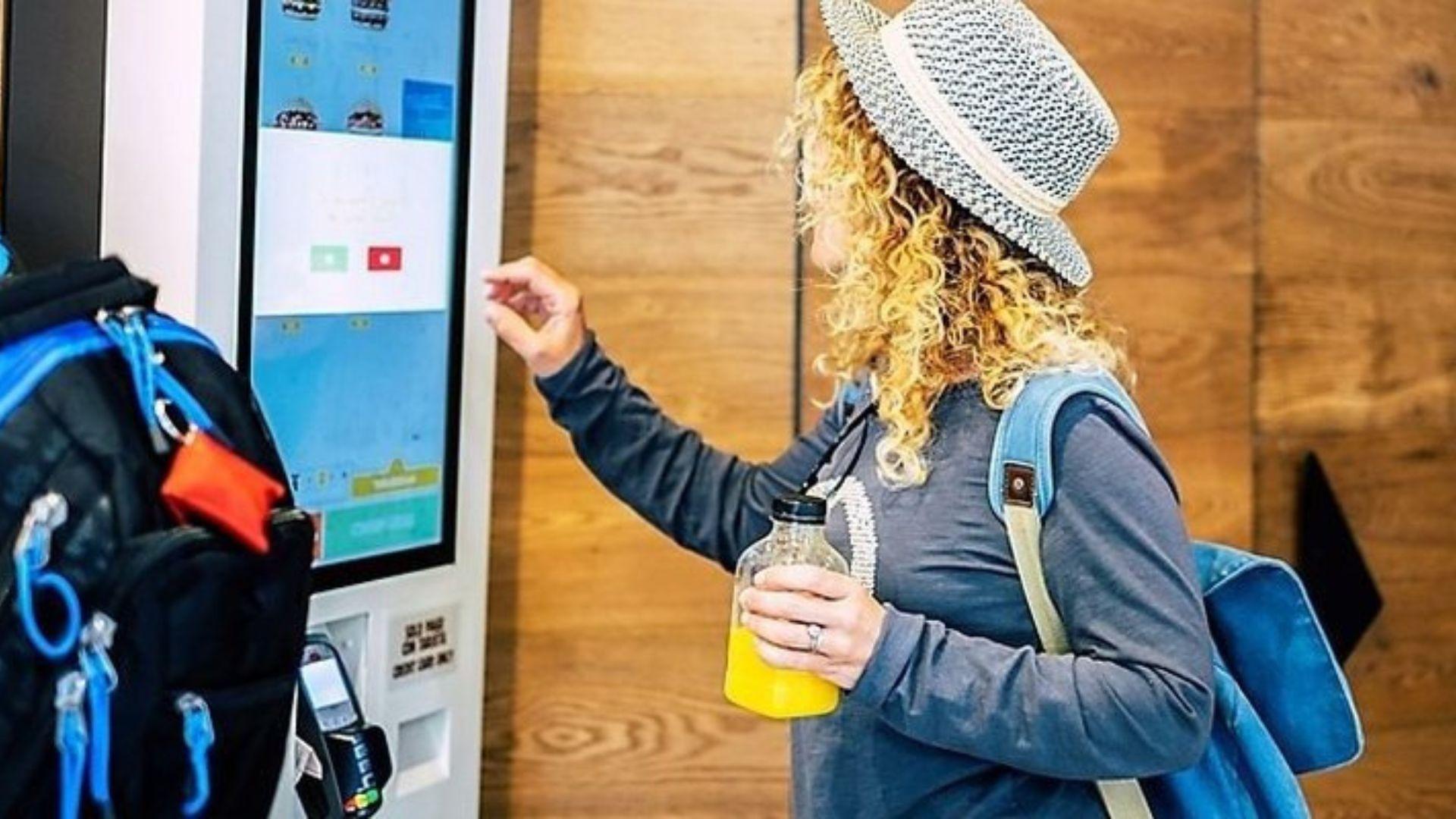
The rise of on-demand tech is a new phenomenon in the world. However, the use of it is not going away and hopefully will continue to increase customer experience.
The hope is that companies like GRUBBRR can help operational needs and boost profits.
Restaurant Industry’s Adaptive Strategies
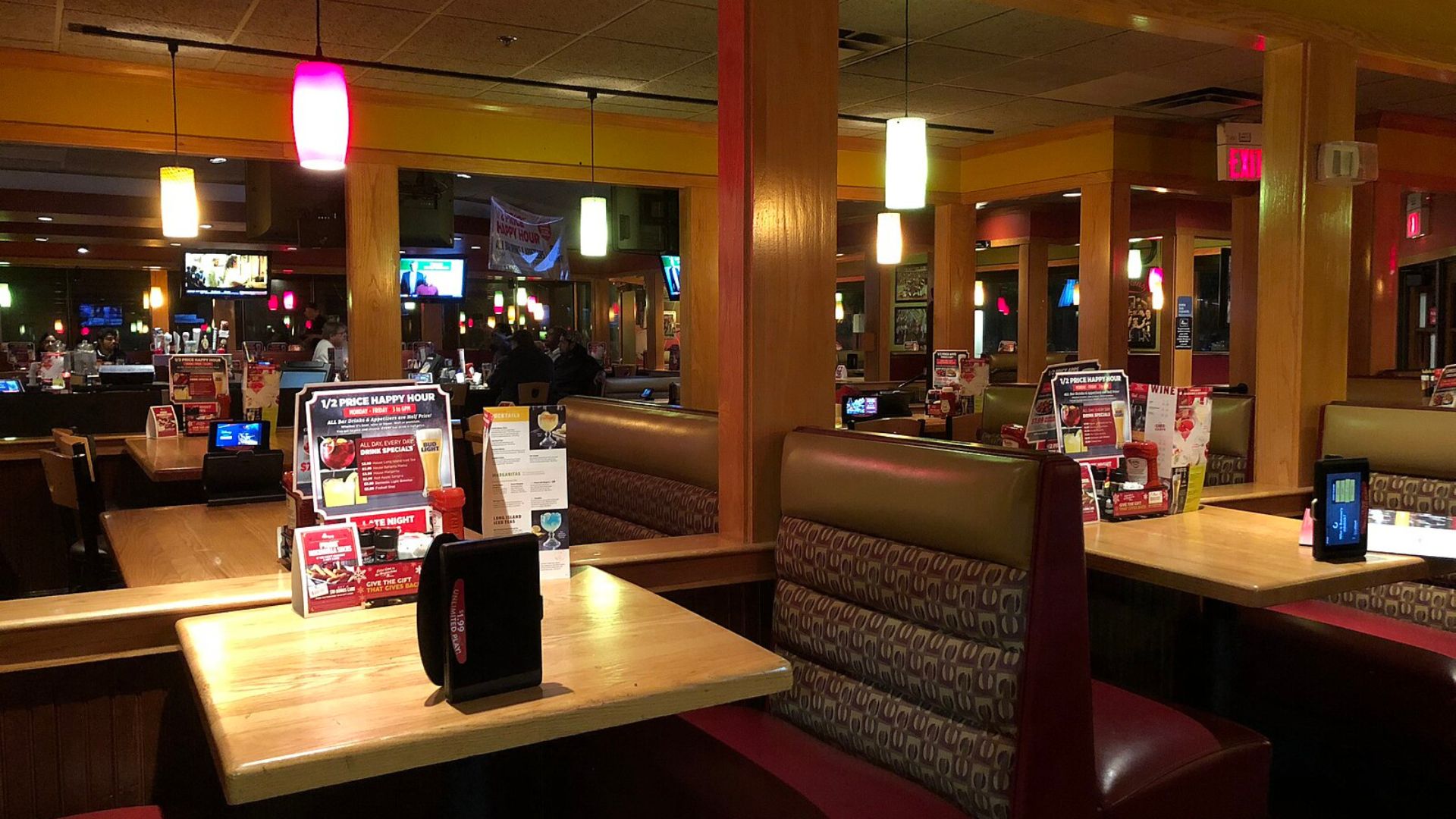
To stay competitive amidst rising minimum wages, restaurants are proactively diversifying their service models. Some are expanding into more robust to-go offerings and online deliveries, while others focus on enhancing dine-in experiences (via Restaurant Technology News).
These strategies not only help manage higher labor costs but also cater to changing consumer preferences, ensuring continued growth and relevance in a challenging economic landscape.
Minimum Wage Across Different States
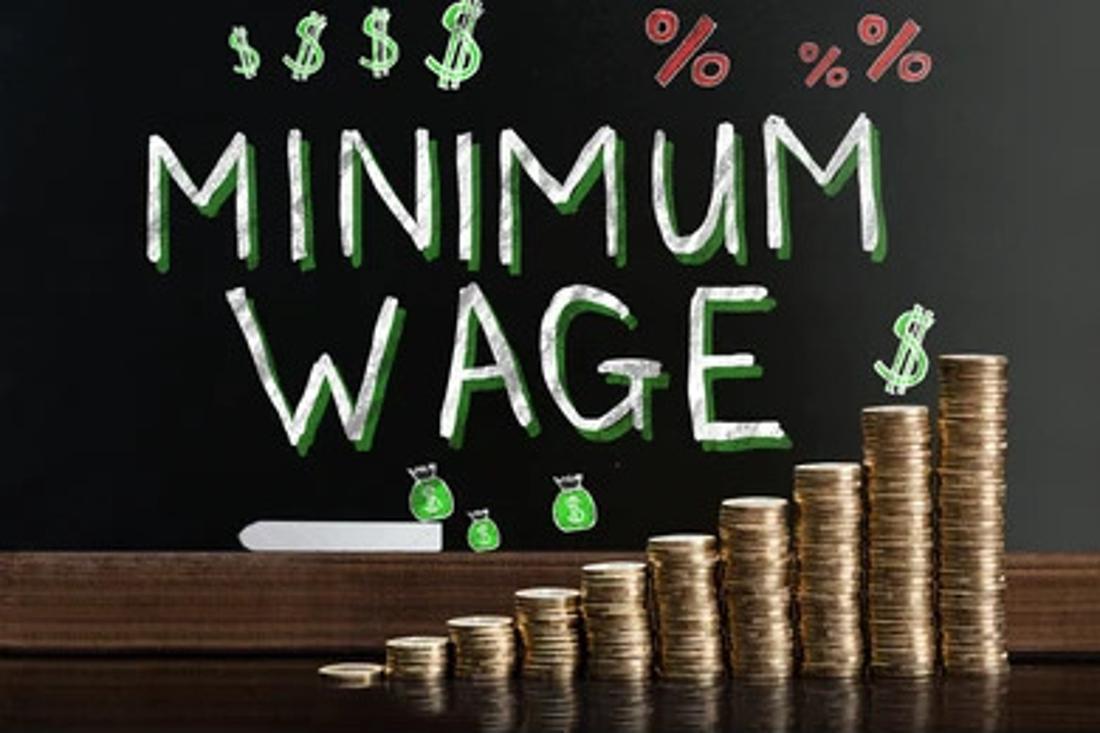
While California’s minimum wage has reached $20 per hour, other states have taken different approaches. Some states, like Texas, maintain a minimum wage close to (or even below) the federal baseline of $7.25, focusing on less direct forms of welfare (via the NCSL).
This contrast highlights the diverse economic strategies states adopt in balancing worker welfare with business interests, leading to varied economic outcomes around the nation.
Impact of Minimum Wage on Restaurant Pricing Strategies
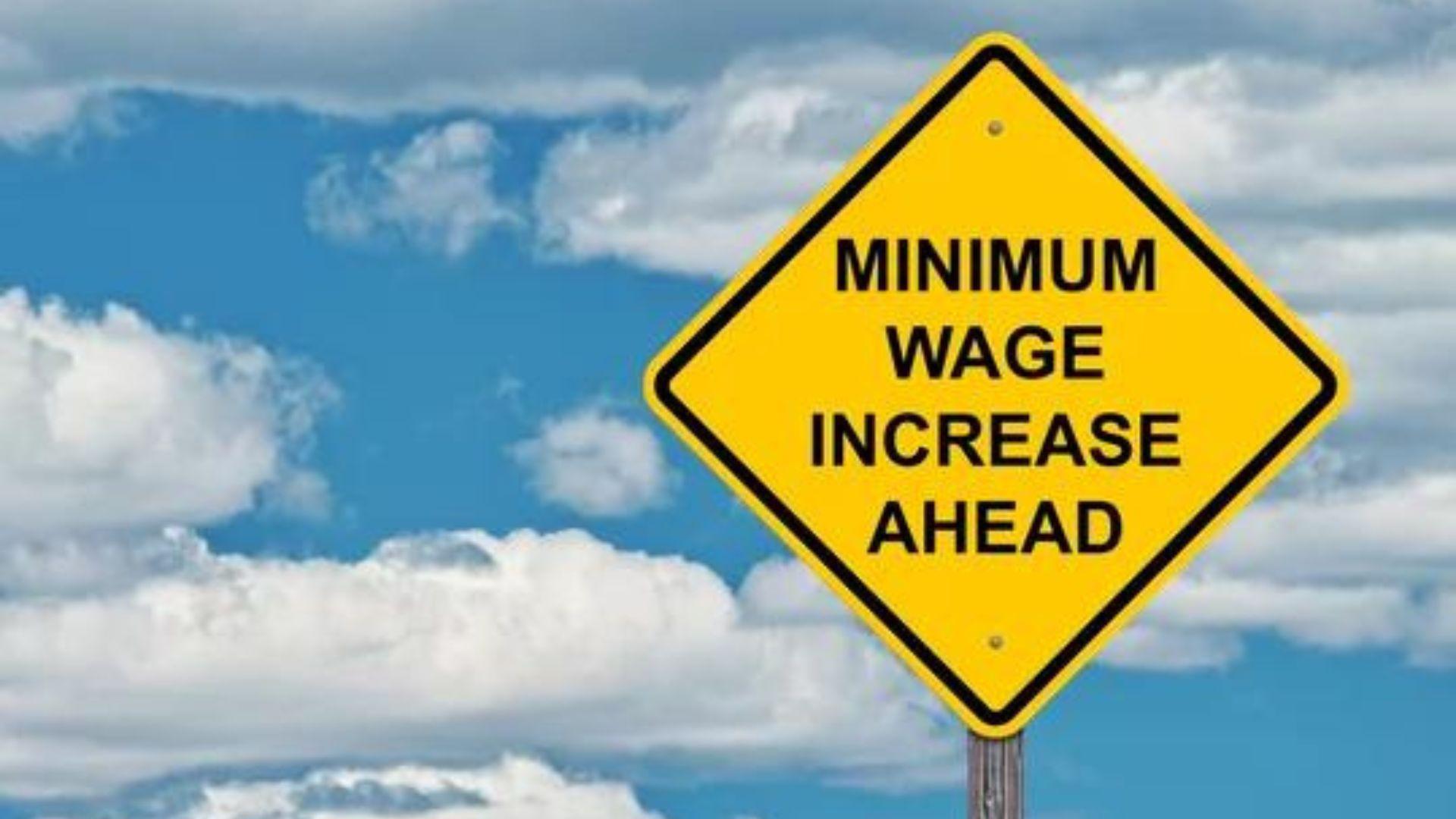
The reaction to higher wages in states like California has pushed restaurants to rethink pricing strategies.
Eateries are now entertaining more flexible pricing models to manage the sudden rise in operational costs. This shift could potentially maintain profitability while navigating higher labor expenses, demonstrating a dynamic response to economic pressures.
Wendy’s Dynamic Pricing Model
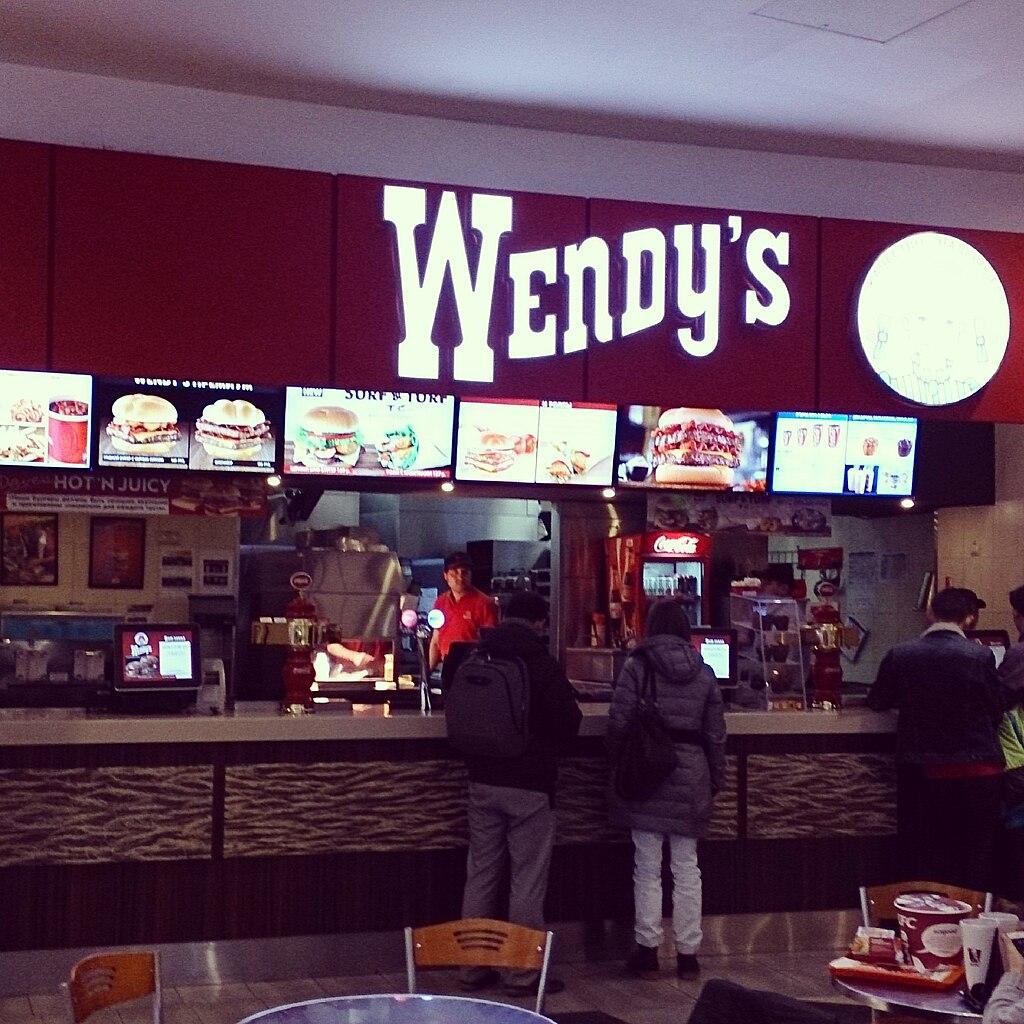
For instance, although they have since backtracked on the idea, Wendy’s was toying with the idea of a dynamic pricing model in select locations, where menu prices adjust based on labor costs and market demand.
This strategy aimed to buffer the impact of wage increases without sacrificing a drop in customers overall. Initial reports suggested a balance between maintaining sales volume and covering higher wage costs, offering a potential model for others in the industry.
The Rise of Self-Order Kiosks
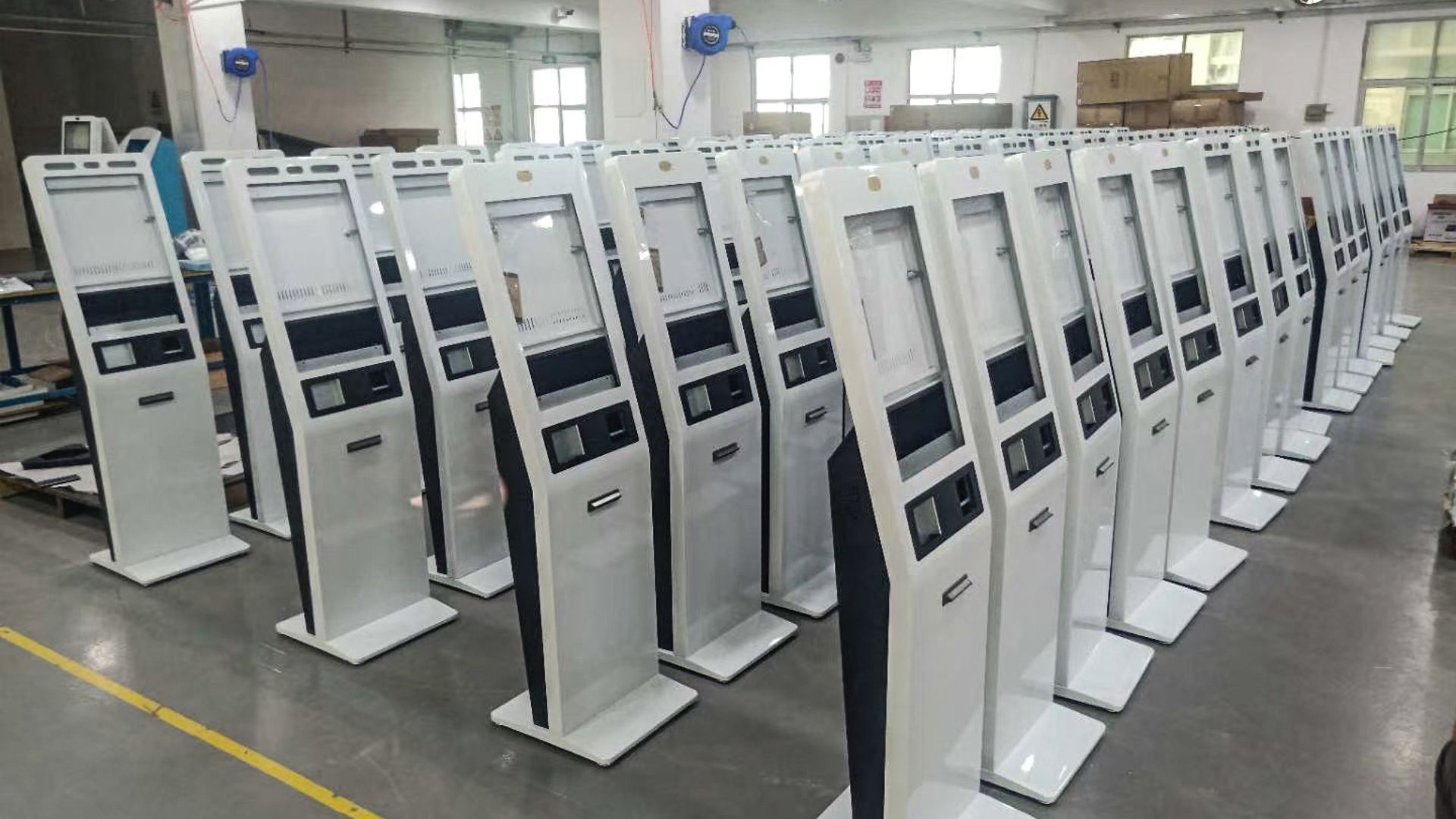
In response to rising wages, chains like McDonald’s and Taco Bell have increased their investment in self-order kiosks.
These kiosks reduce the need for cashier staff, helping to curb the growth of payroll expenses. The technology also streamlines ordering processes, potentially boosting order accuracy and customer satisfaction.
Benefits and Challenges of Self-Order Kiosks
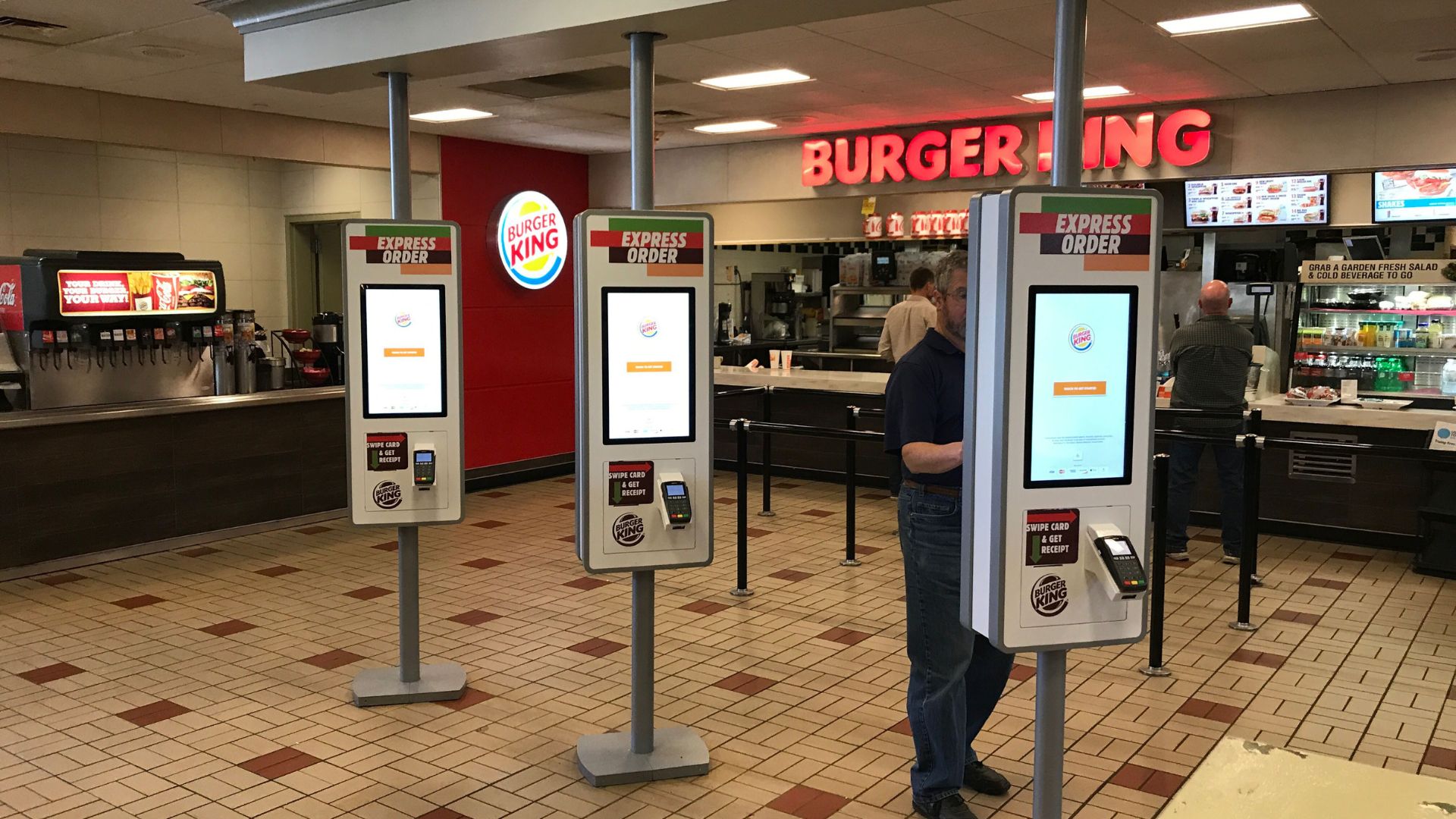
However, while self-order kiosks can reduce labor costs and improve service efficiency, they also present challenges such as significant upfront investment and potential alienation of non-tech-savvy customers.
Balancing these factors is crucial for restaurants aiming to integrate new technologies without diminishing the customer experience.
Restaurant Automation Trends
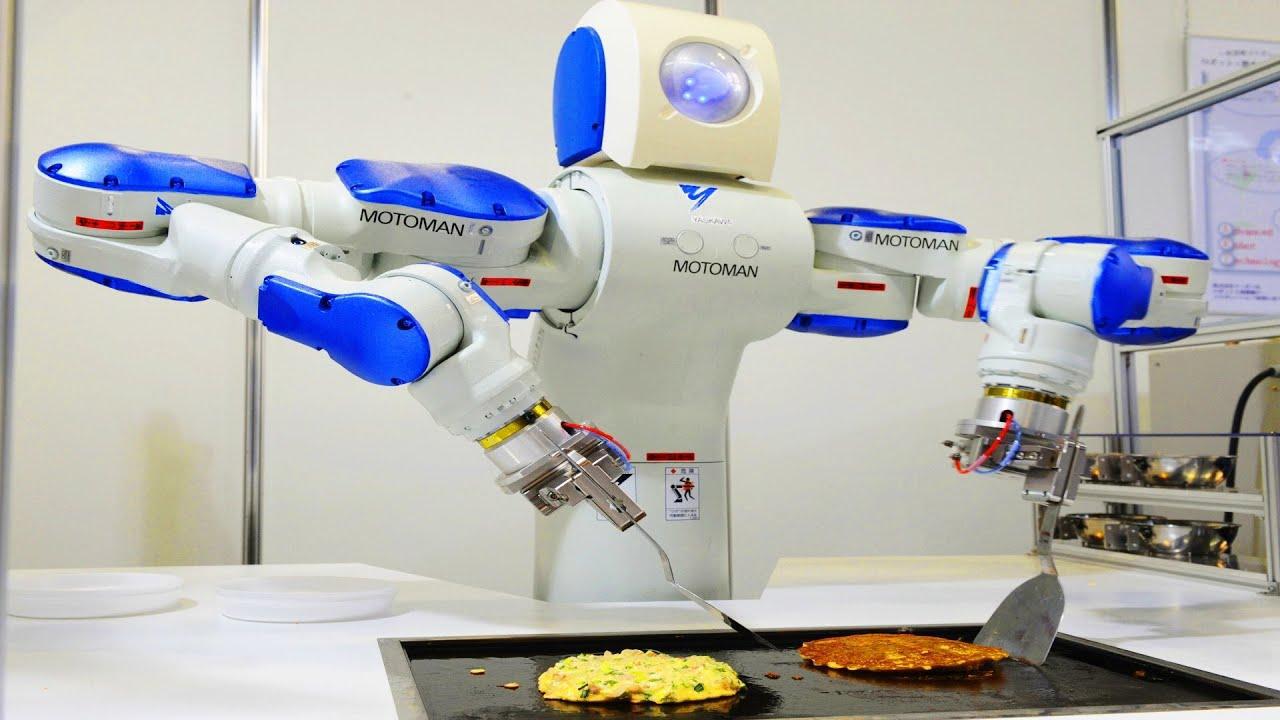
Beyond kiosks, the restaurant industry is exploring further automation, including robotic chefs and AI-driven management systems (via CNBC).
These technologies promise could not only cost reduction but also improvements in food safety and preparation speed, reshaping the future landscape of the industry.
Governor Newsom’s Controversial Wage Decisions
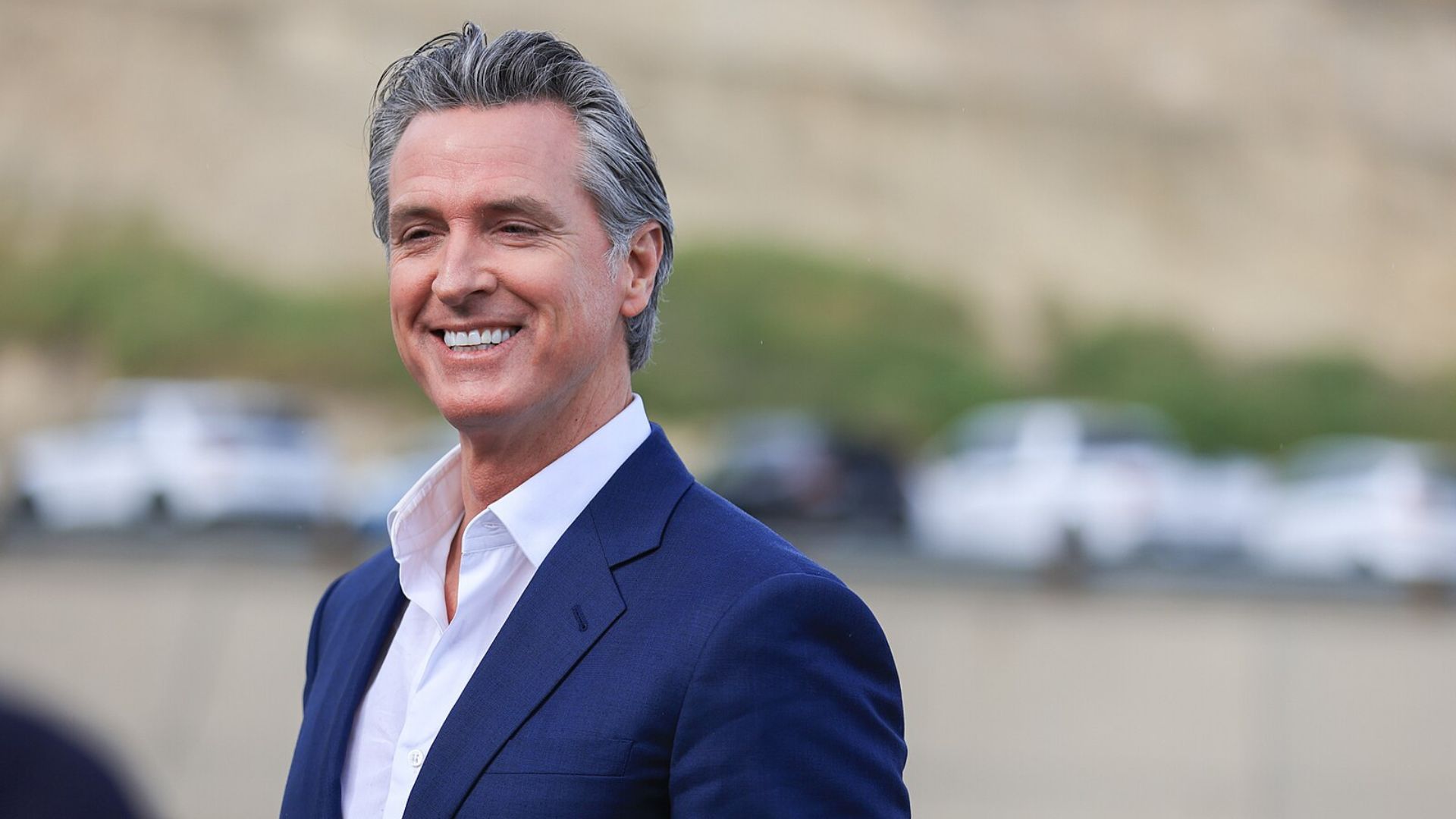
Governor Newsom recently faced criticism for paying his restaurant workers $16 an hour, below the new $20 state minimum.
Critics argue that as a policymaker advocating for higher wages, his actions should consistently reflect his public stance, highlighting a common tension between personal business decisions and political leadership.
Minimum Wage vs. Cost of Living

Another concern: In areas with high living costs like San Francisco and New York, even generous minimum wages barely meet the living standards required (via Drexel University).
This disparity calls for a more nuanced approach to wage settings that considers local economic conditions, rather than a one-size-fits-all mandate.
Economic Impact of Minimum Wage Increases

Studies suggest that while higher minimum wages can reduce employment opportunities in certain sectors, they also increase spending power among low-wage workers, potentially boosting local economies.
The net effect often depends on the specific economic context of each state, making uniform predictions challenging.
Future Predictions for the Restaurant Industry
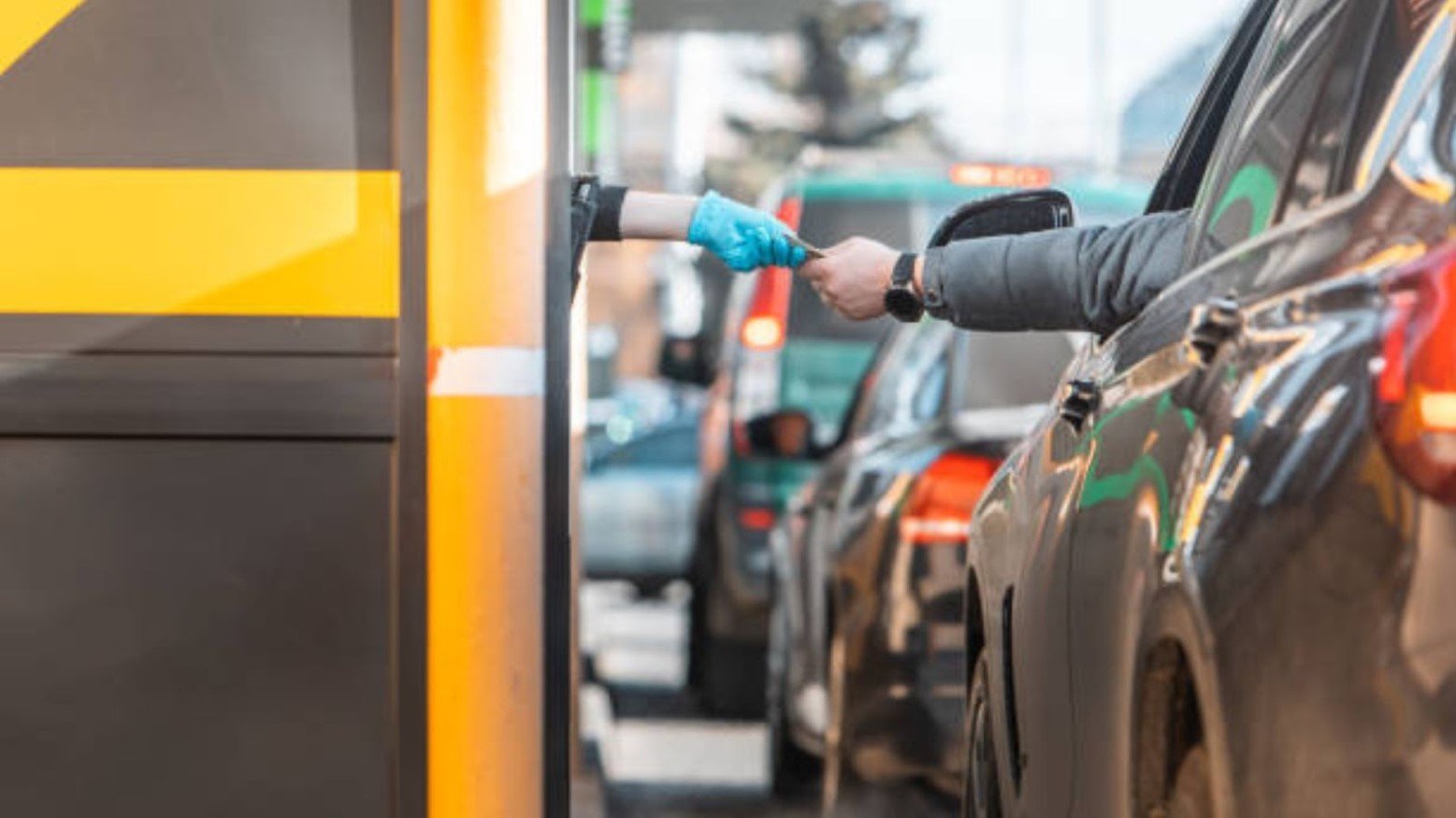
As minimum wage trends continue to evolve, the restaurant industry may see a shift towards more automation and fewer entry-level jobs.
The balance between technology and labor will be pivotal in defining the new norms of dining out, influencing everything from job roles to customer interactions.
Moving Forward with Collaboration
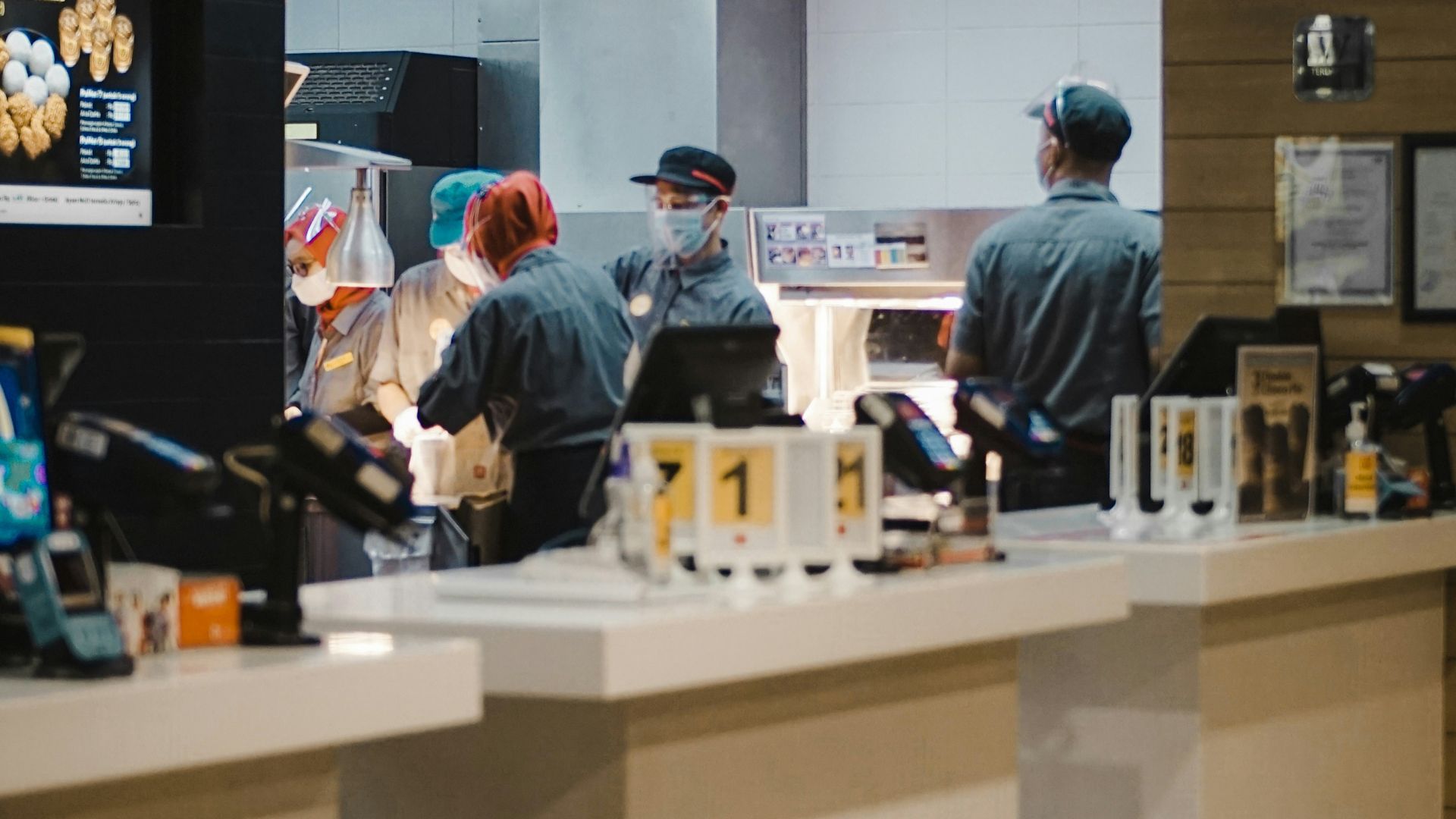
As we navigate the complexities of wage increases and economic adjustments, it’s essential for industry leaders and policymakers to collaborate closely.
By fostering innovation while still addressing the nuanced impacts of these changes, we can ensure a resilient and progressive restaurant industry.
